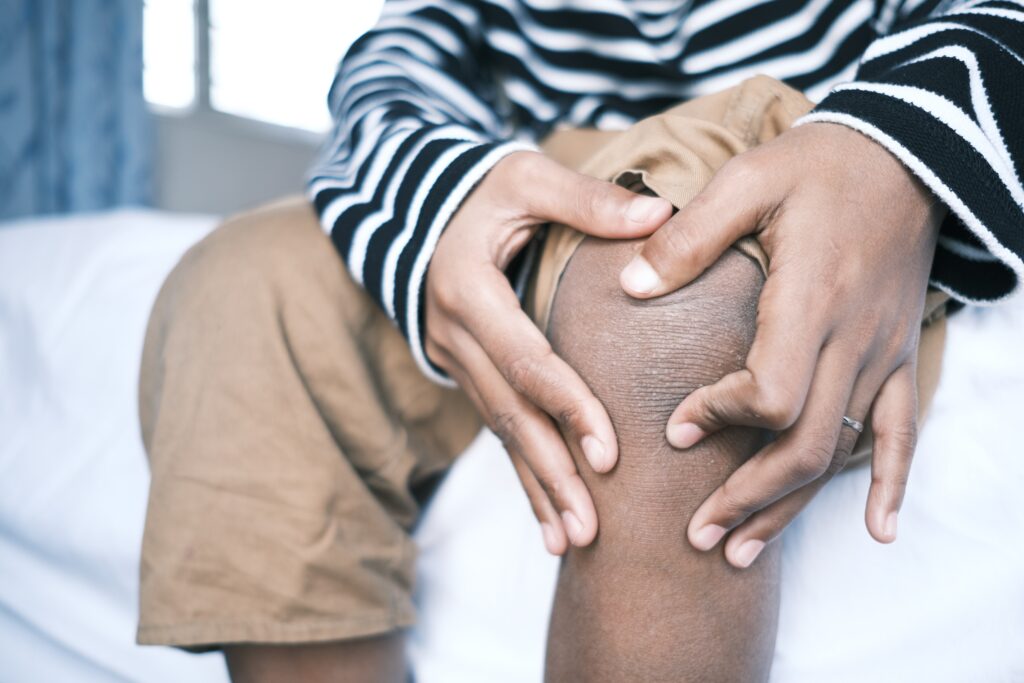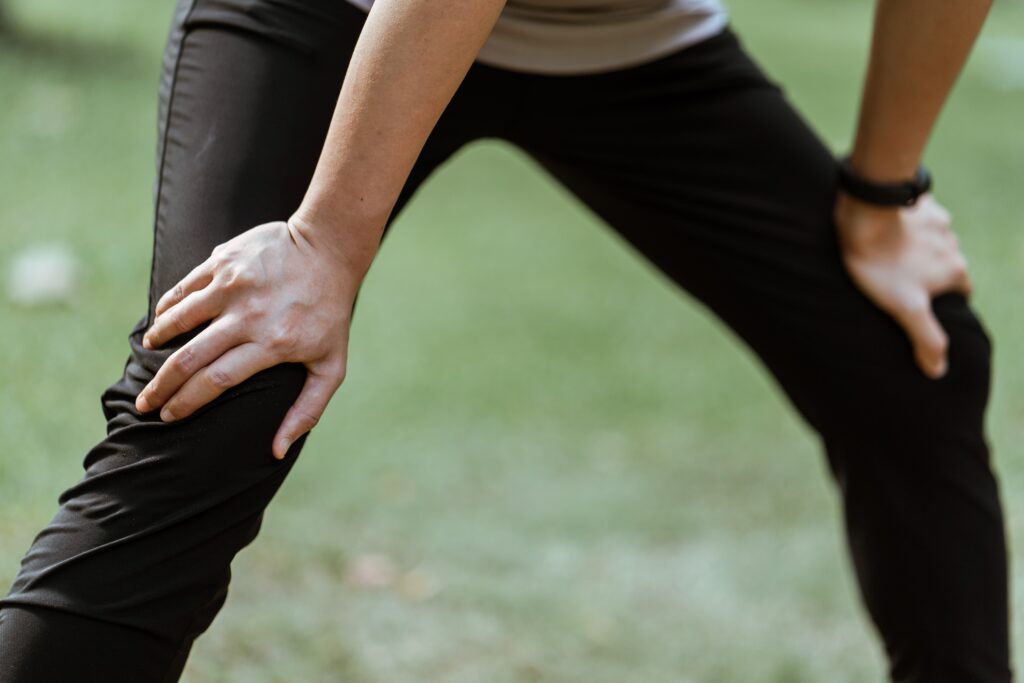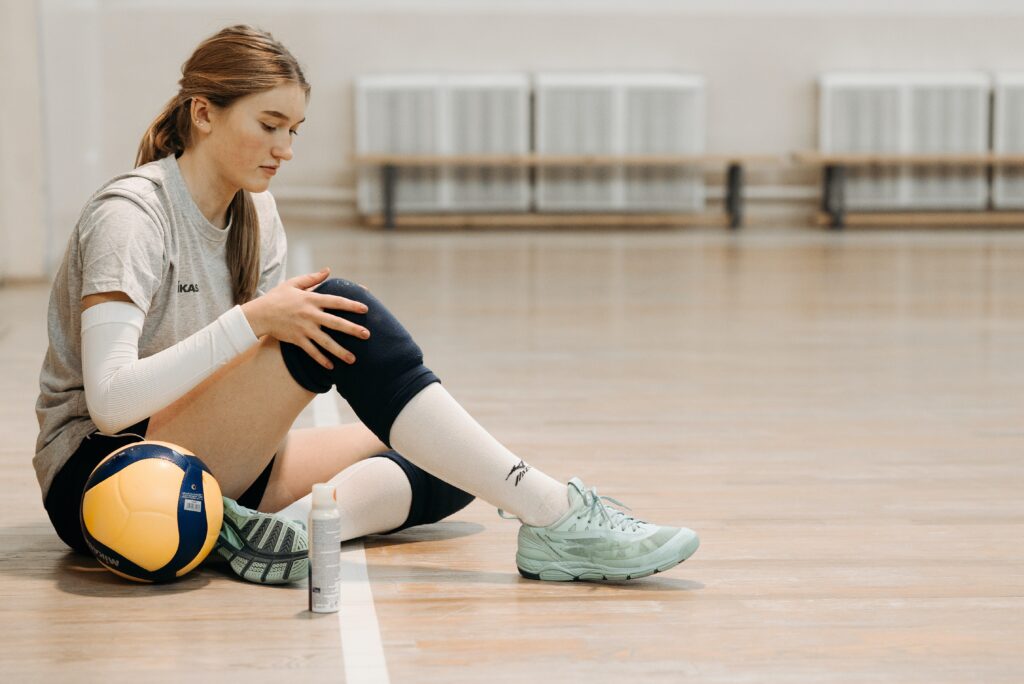All About Knee Pain And How Physical Therapy Can Help

An Overview Of Knee Pain
Knee Pain, Anatomy, & Common Causes
Physical Therapy Role In Managing Knee Pain

How Physical Therapy Helps Different Knee Pain Diagnoses

How Physical Therapy Helps Different Knee Pain Surgeries & Procedures

What To Do When You Have Knee Pain With Activity

Interventions That May Help Knee Pain & How They Work
Manual Therapies

FAQ On Knee Pain
Can I Exercise With Knee Pain?
You can exercise with knee pain, but it’s important to do so with caution and choose the right exercises. Moderate exercise and stretching can actually help reduce knee pain related to common conditions like osteoarthritis. Walking, cycling, swimming, water aerobics, and other low-impact exercises can be a good option.
However, if your knee pain is severe or acute, it’s best to rest and avoid any activities that put pressure on the knee until it heals. If you have chronic knee pain, it’s important to consult with a healthcare professional and work with a physiotherapist to develop an exercise plan that is safe and effective for your specific condition.
Avoid high-impact exercises such as running, jumping, and deep squats that put a lot of stress on your knees. Opt for gentler activities that won’t jar your joints. And if you experience any sharp pain or discomfort while exercising, stop immediately and rest.
Why does my knee hurt after physical therapy?
There’s no question that your knees might feel sore after a physical therapy session but they should not hurt more than when you started. Knee pain after physical therapy can be an indication that you may have overdone it during the session, or performed an exercise incorrectly. This can cause undue stress on the knee joint, resulting in pain and discomfort. However, this doesn’t mean that physical therapy is not working – in fact, some degree of soreness or discomfort is normal as the body gets used to the new exercises and movements.
It’s important to communicate any knee pain or discomfort to your physical therapist so they can modify your treatment plan accordingly. They may recommend different exercises, adjust the intensity of the exercises, or use other techniques such as ice or heat therapy to provide relief.
Additionally, if you experience severe pain or swelling after physical therapy, it’s important to consult with a healthcare professional to rule out any underlying conditions or injuries.
